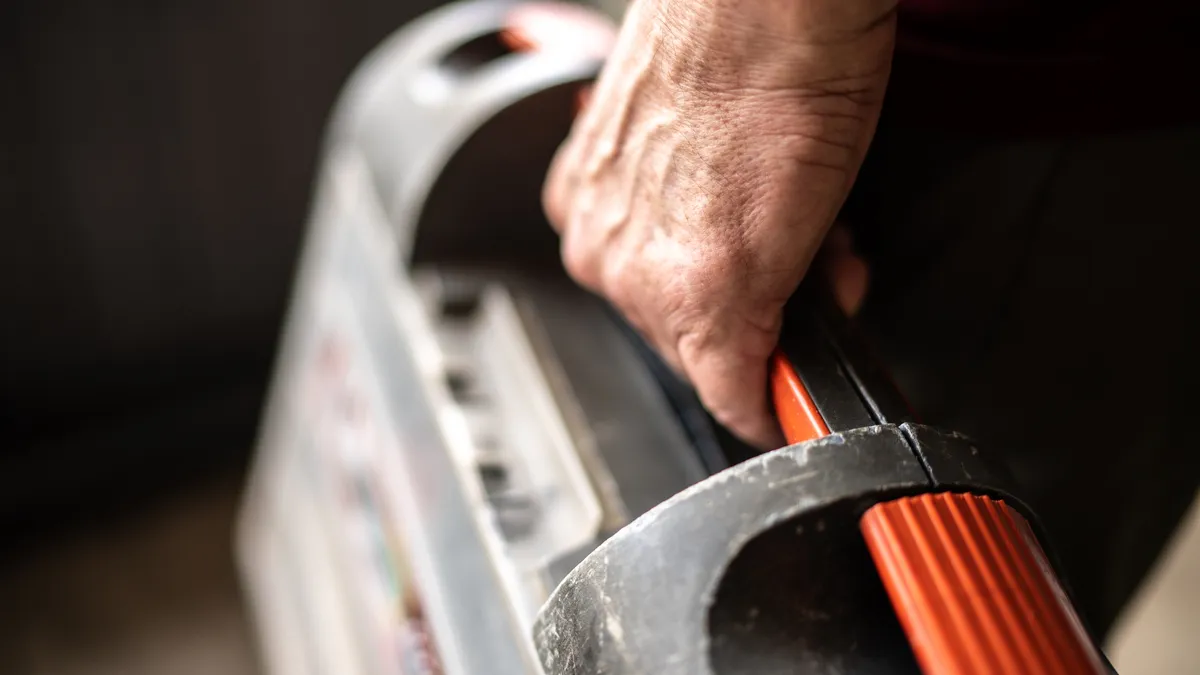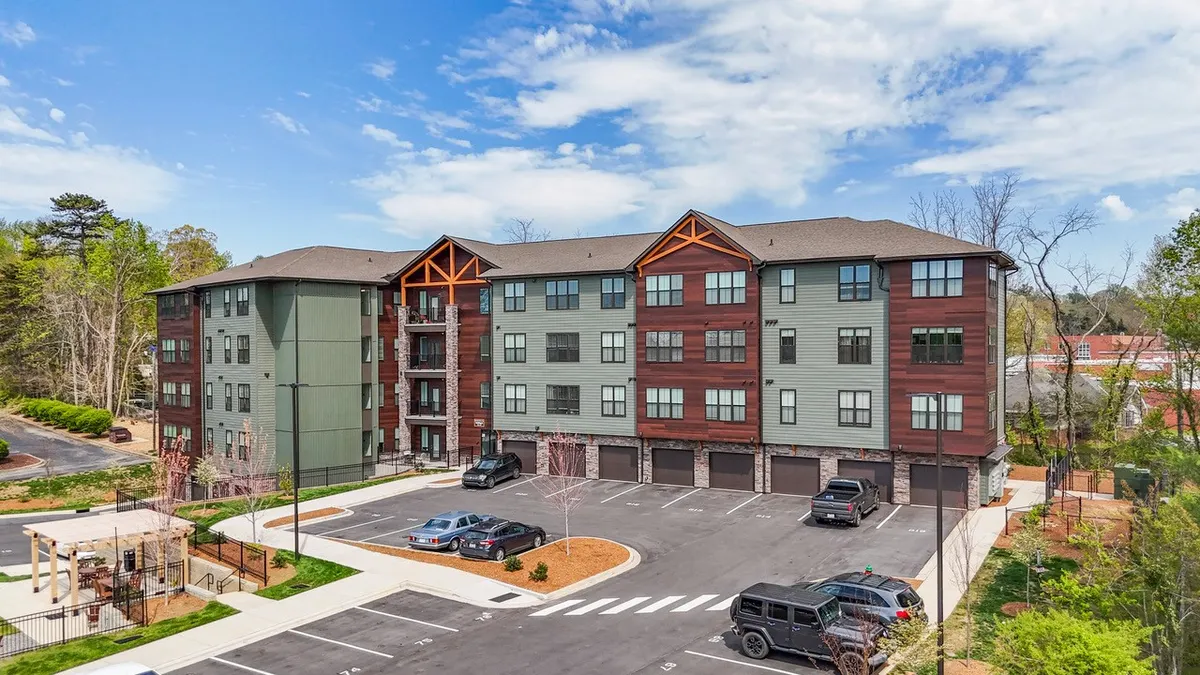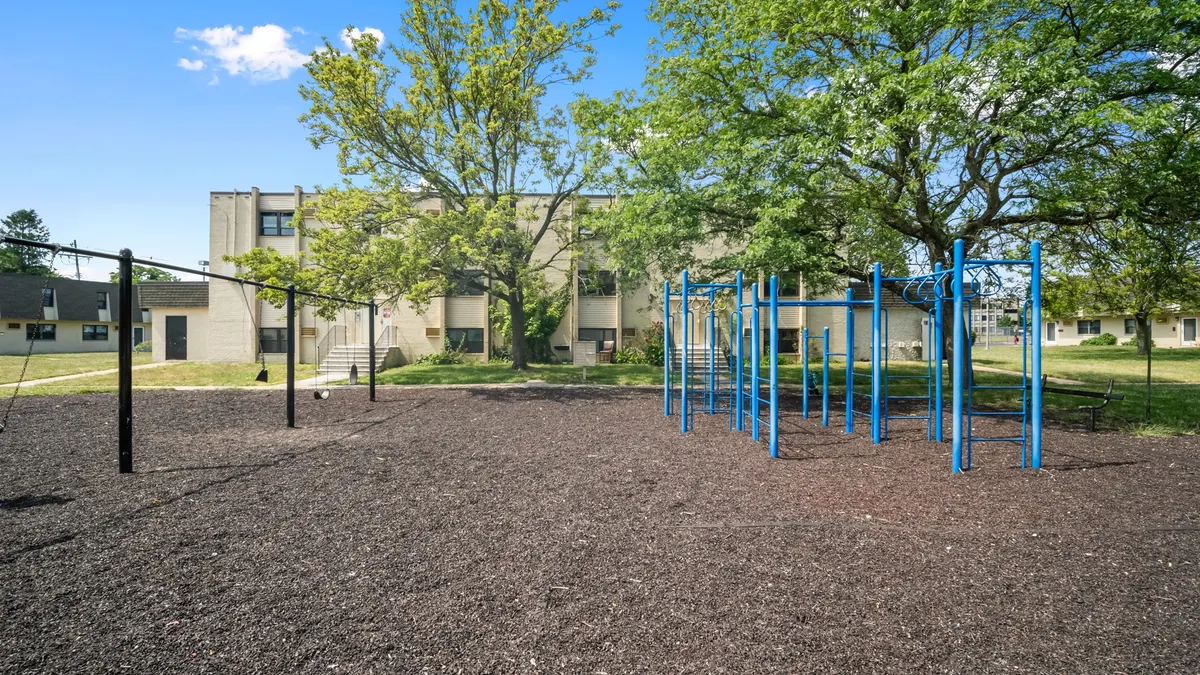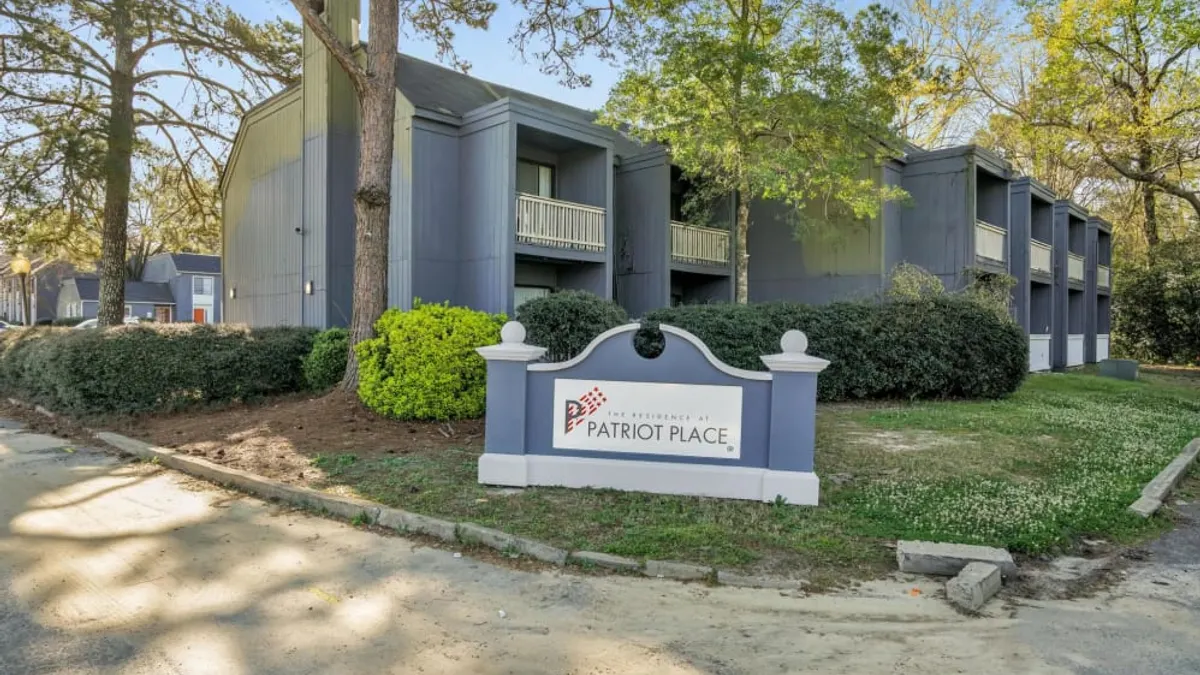Employee turnover is rapid in the multifamily space — especially for the maintenance technicians who keep properties running.
Maintenance job postings make up 23.1% of all open multifamily positions and, as of 2021, onsite technicians had an annual turnover rate of 39.2%, according to the National Apartment Association. This is the highest rate out of any multifamily position, and well above the industry average of 32.7%.
One reason for this number is that maintenance is a very difficult and physically demanding career, and employees tend to start aging out in their 50s, according to Mark Cukro, president of Harrisburg, North Carolina-based corporate maintenance training firm Service Team Training. Duties can run from small tasks like changing lightbulbs to plumbing, utility repairs and full-scale unit turns.
In addition, in some situations maintenance pros’ pay may not be high enough, when some of them can earn just as much working next to high school kids in food service.
“I’ve seen memes and heard talk about how you can make just as much as, unfortunately, a mid-level [multifamily] maintenance technician as you could working a nine-to-five job at a fast food chain these days,” said Chris Caramanica, director of facilities at Boston-based real estate firm WinnCompanies. “Many professionals who have been in the game a really long time have years of experience. They feel like they're not being compensated for it.”
“Many professionals who have been in the game a really long time have years of experience. They feel like they're not being compensated for it.”
Chris Caramanica
Director of Facilities, WinnCompanies
Solving that problem is relatively simple: Some property management firms need to increase what they pay their workers. But even doing that won’t fix all of the issues that owners and operators have with retaining their maintenance people.
Beyond boosting salaries, owners and managers can make subtle shifts to reduce the strain on repair staff and keep them on the job. Below are some ideas from multifamily experts for finding and retaining talent once it’s in place.
On-call, but not all the time
Having maintenance providers on call after hours is a necessity in the multifamily business, according to Chris Caramanica, director of facilities at Boston-based real estate firm WinnCompanies. However, it can be a large strain on workers.
“Our goal in the industry is to provide a significant level of service to our resident base, and it's extremely important,” Caramanica told Multifamily Dive. “But the issue is, the expectations of residents [and owners] are so high. It really is a detriment to retaining maintenance professionals.”
Many other types of maintenance jobs, such as a third-party plumber or handyman service, either do not require on-call hours or have a larger pool of staff to draw from than a single multifamily property. As a result, being on-call can take up a large part of an employee’s life, reducing the time they can relax or spend with family.
“If many companies are short staffed, it magnifies and multiplies the stress level on a person's life,” Cukro told Multifamily Dive. “So if a company has four technicians, and they're short two people, they’re on call 26 weeks out of the year.”
One way to lessen this burden is to establish what exactly on-call should be reserved for — in many cases this means just for emergencies like fires and floods, according to Caramanica. Another is to ensure that workers coming in know exactly what will be expected of them.
“Our dedicated teams may need to work on holidays and weekends, putting their personal lives on hold,” Elmer Salgado, national maintenance director of Huntington Beach, California-based Liberty Military Housing, told Multifamily Dive. “It is important to us that we directly address these factors with candidates and set expectations upfront.”
Providing support
Maintenance professionals want to be recognized for their ability to solve problems quickly, without the need to call in an outside vendor. However, if the third party is paid more money to solve the same issue, then that firm might start to look like the more appealing employer. “Why not call a plumber in,” Caramanica said, “and then I’ll go and work for that plumber.”
This said, managers should not ask maintenance workers to perform duties best left to specialists, like heavy construction or renovation, for the sake of saving money. “They’re there to maintain the property,” Caramanica said, “they’re not there to build walls.”
“If many companies are short staffed, it magnifies and multiplies the stress level on a person's life.”
Mark Cukro
President, Service Team Training
Sometimes a cost-benefit analysis is necessary to determine whether a project is best done in-house or by a third party, considering both the ability of the maintenance staff to do a task and the time taken away from other duties. But one of the easiest ways to bridge this disconnect, according to Caramanica, is to simply talk to employees about it.
“[Ask them,] what do they think they should be doing?” he said. “And provide them the necessary support to accomplish the goals of projects.”
Paying attention to culture
A strong company culture can also provide proper support for employees. Studies show that a toxic culture in the workplace is 10 times more meaningful than compensation, according to the Society for Human Resources Management. If employees do not feel comfortable in their work environment, chances are they will not be staying for long, SHRM said.
In addition, companies that fail to recognize and reward strong performers have higher rates of attrition, and the same is true for employers that tolerate underperformance, according to a study published in the MIT Sloan Management Review.
“Let’s give people a good reason to work,” Cukro said. “They need someone to guide them through all of their expectations. And give them some circumstantial situational training, then help them make judgments in the field that will lead to better decisions, and less stress and less repairs further down the road.”
Training opportunities
The trade labor shortage is a longstanding issue for the multifamily industry, among many other business sectors competing for the same talent. The smaller the size of the overall labor pool, the more work falls on existing technicians’ shoulders — and the less likely they are to maintain a work-life balance.
One issue faced by Charleston, South Carolina-based multifamily giant Greystar is a lack of applicants with the skills needed for a role, especially given the pace in which smart building technology has advanced.
“A maintenance tech needs to be computer savvy to work on a variety of things, from a more sophisticated central HVAC system in a high-rise to being able to manage the building access system,” Jay Davenport, managing director, learning and development, strategic services at Greystar, told Multifamily Dive.
“We need to be able to teach our workers new skills and promote their development as well as diversify their skill set so they can work across different types of properties.”
Jay Davenport
Managing Director, Learning and Development, Strategic Services, Greystar
To this end, Greystar has started providing on-the-job training and industry certifications for its maintenance workers. This isn’t just important to ensure employees can do their job — it can also provide them with sought-after career credentials.
“We have also increased the amount and availability of on-demand and just-in-time learning to keep them trained and help them grow their career,” Davenport said. “We need to be able to teach our workers new skills and promote their development as well as diversify their skill set so they can work across different types of properties.”
In addition, in order to cultivate more talent for its positions, Greystar is entering into partnerships with trade and tech schools to create a talent pipeline.
“If a property manager knows that a tech is leaving and they go down to the local vocational school, then they can have an easier path to replacing them,” Davenport said. “We’re also looking at ways to create an internal apprentice program that will help us train some new technicians.”
















